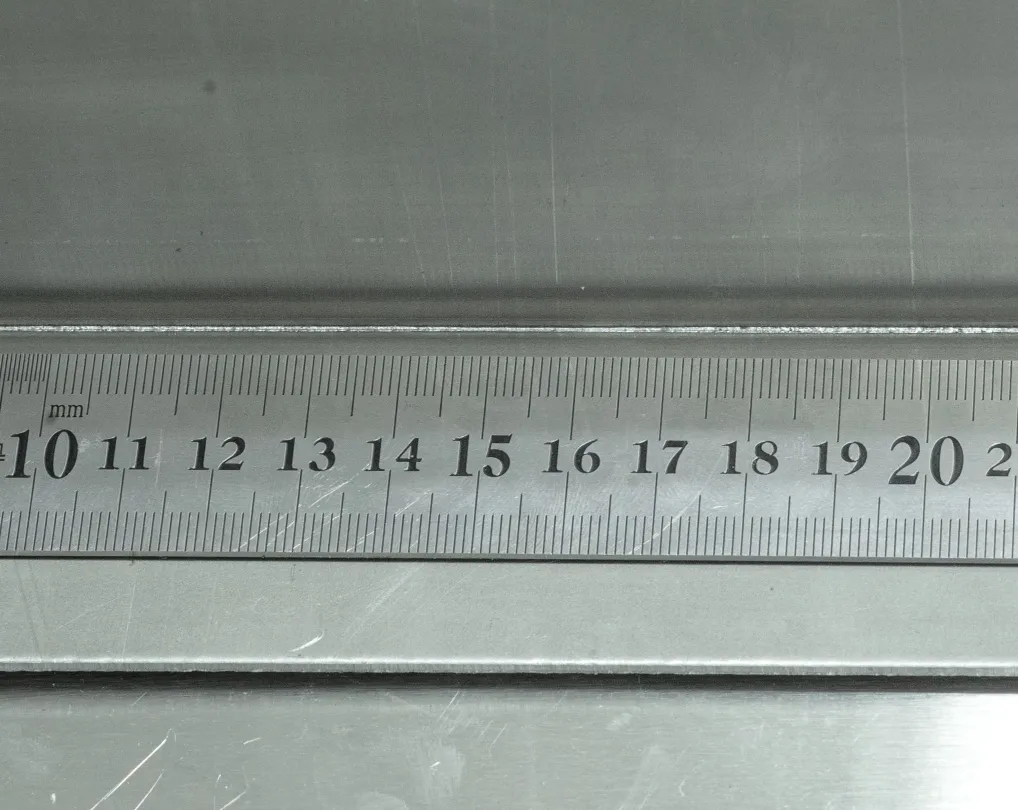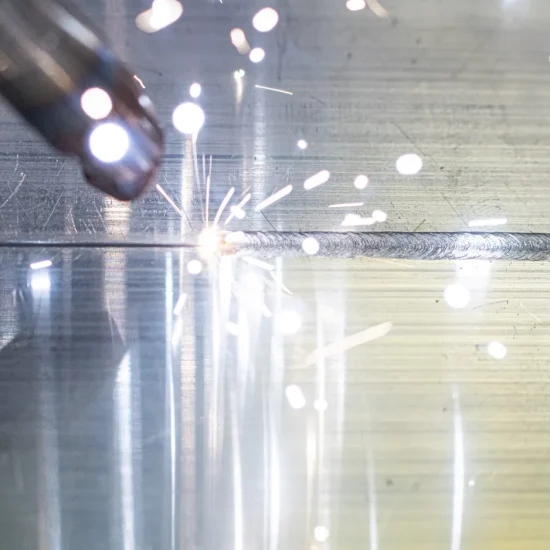Laser Welding Systems
Laser Welding Machines
Embrace innovation and efficiency with Diodela’s advanced laser welding systems, offering power ranges of 1000-6000W. With speeds surpassing traditional methods by up to 10 times, Diodela’s water-cooled technology ensures impeccable welds with minimal distortion and oxidation across various metals including stainless steel, copper, aluminum, and more. Whether in handheld or robotic applications, users benefit from seamless integration, saving time and energy while upholding the highest standards of reliability and safety.
Diodela laser welding machines are based on quasi continuous wave diode and fiber laser technology developed in Center for Physical Sciences and Technology (FTMC) for Diodela.
Laser welding machine prices starts from 12 000 Eur.
Expected laser welder lifetime > 90 000 hours.
All Diodela systems are provided with 24 months warranty and user trainings.

Unlimited Possibilities
- High speed: laser welding boasts remarkable efficiency, surpassing traditional methods. It is 5 times faster than MIG and 10 times faster than TIG. Handheld laser welding speed is 1-5 m/min., while robotic laser welding speed is up to 12 m/min.
- Minimal oxidation and metal distortion due to ultimately precise heat input. Laser welds do not require additional processing.
- High-strength welds: laser welding produces welds that boast both consistency and high strength. Laser welds can be monolithic without filler metal when the distance between materials to be welded is up to 100 um.
- Easy to learn: laser welding offers unparalleled accuracy, even for users without a welding background, due to the absence of laser light reflection, easy manipulation, and precise heat input to the targeted area.
Why Diodela Systems?
- Diodela systems are water-cooled, it allows systems to work non-stop 24/7.
- High-quality Lithuanian (EU) industrial design ensures durability and reliability.
- Diodela systems are cost-efficient: they consume 40% less electricity than average MIG machines, for example, when welding 3mm stainless steel.
- Smart and easy use: with an integrated touchscreen interface, Diodela laser systems enable users to save welding parameters, ensuring consistent results and saving valuable preparation time.
- CE certified and adhere to EN safety standards.
- Integrated safety door sensors.
- Expected laser welder lifetime > 90 000 hours.
- All Diodela systems are provided with 24 months warranty and user training.
Diodela is a manufacturer of innovative laser welding and laser cleaning machines. We offer multi-functional products for various industrial applications. Our laser systems are used in industrial processing, military, scientific research and aero-space all over the world

About The Technology
Laser beam welding is an advanced industrial process employed to seamlessly join various materials, forming robust and enduring welds. By focusing a high-intensity beam of light onto the desired welding area, this method effectively melts the materials together, creating a strong and permanent bond.
The laser welding technique ensures precise heat input to the targeted area, producing narrow full penetration welds that are aesthetic and with minimal welding oxidation. This precision helps to avoid any thermal and physical distortion to the end product, particularly advantageous when joining thin large sheets. Laser welding is the finest welding method when it comes to minimizing loss of base material properties, such as hardness and strength.
While predominantly utilized for metals, laser welding is versatile enough to process other materials like plastics and silicone. Minimal waste generation, low energy consumption, and simple maintenance make this technology user and environmentally friendly.
Laser Welding In Action
Advantages
- Close to zero physical distortion: when thin large sheets are joined, laser welding avoids thermal and physical distortion of the end product without additional processing.
- Low welding oxidation: the fiber laser welding method provides ultimately precise heat input to the desired area with narrow full penetration weld which makes an aesthetic final result.
- Excellent mechanical properties: laser welding does not affect the material or its structural properties.
- Easy to operate even for welding beginners: due to Diodela laser’s ability to save up welding parameters (memory).
- Very high efficiency: laser welding is >5 times faster than MIG and >10 times faster to TIG.
- Welding of long and wide sheets.
- Cost-efficient welding solution: low energy consumption.
- Allows welding of sheets with different steel grades and dimensions.
Drawbacks
- Relatively high single-time investment costs compared to traditional methods.
- Fiber laser welding requires a tight fit between the parts to be joined. In many cases it is best to redesign the joint locations to present overlapping surfaces.
- Limited material thickness (today’s maximum 10mm single sided).
Recommendation
Laser welding is a highly recommended welding method for thin and large area metal sheets, high strength and wear-resistant steels, where precision and speed are necessary.
